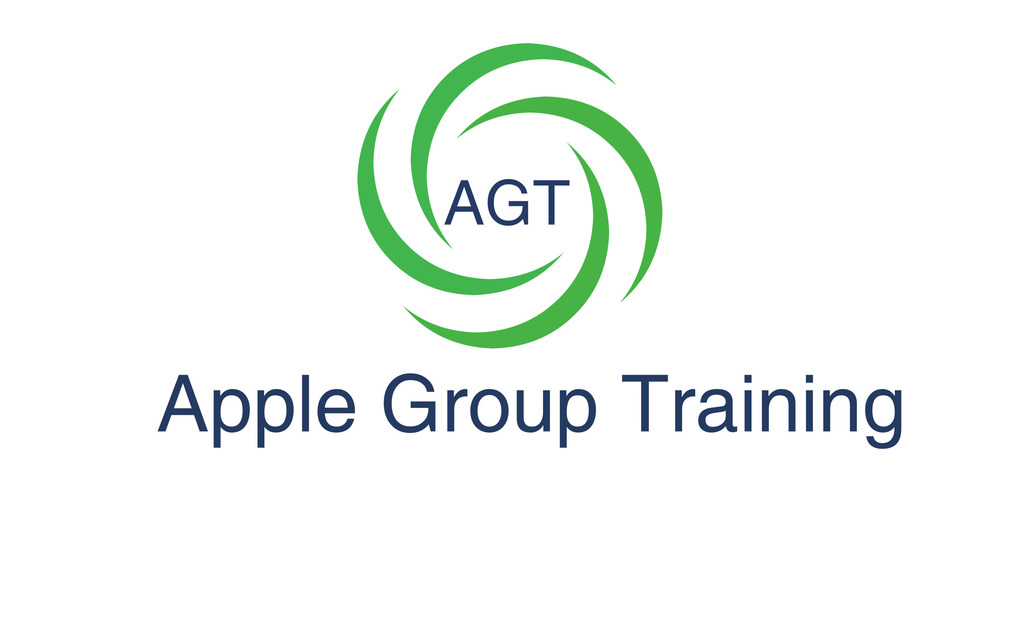Abrasive Wheels
Top 5 Hazards When Using an Abrasive Wheel and How to Mitigate Risk
Abrasive wheels are powerful tools, however, improper use or lack of safety precautions can lead to serious accidents and injuries. Understanding the key hazards and how to mitigate them is essential for maintaining a safe work environment. Here are the top 5 hazards associated with abrasive wheels and tips for reducing the risks.
Wheel Breakage
Hazard:
Abrasive wheels can shatter or break during use, sending high-speed fragments flying through the air and posing a severe risk of injury.How to Mitigate:
- Always inspect wheels for cracks or damage before use.
- Ensure the correct wheel is selected for the task and the machine’s speed.
- Follow proper mounting procedures by using correct flanges and avoiding overtightening.
- Allow the wheel to reach full operating speed before beginning work.
Contact Injuries
Hazard:
Accidental contact with a moving wheel can cause severe cuts, abrasions, or amputations.How to Mitigate:
- Always use appropriate guarding on machines.
- Maintain a safe working distance from the wheel.
- Use push sticks or tools to avoid placing hands near the wheel.
- Wear suitable personal protective equipment (PPE) such as gloves and eye protection.
Eye and Face Injuries
Hazard:
Flying debris, sparks, or fragments from the wheel can cause serious eye and facial injuries.How to Mitigate:
- Wear safety goggles or a full-face shield at all times.
- Ensure machine guards are correctly positioned and maintained.
- Keep bystanders at a safe distance from the working area.
Inhalation of Dust and Particles
Hazard:
Grinding and cutting with abrasive wheels can generate harmful dust, especially when working with materials like stone, metal, or concrete.How to Mitigate:
- Use dust extraction systems and local exhaust ventilation where possible.
- Wear a suitable respiratory mask.
- Keep the workspace well-ventilated.
- Clean up dust regularly to prevent accumulation.
Kickback and Loss of Control
Hazard:
Kickback can occur when the wheel binds in the material, causing the tool to jerk or fly back toward the operator.How to Mitigate:
- Maintain a firm grip on the tool at all times.
- Use appropriate cutting techniques and avoid twisting or forcing the wheel.
- Ensure the workpiece is securely clamped or held.
- Train operators on proper handling and control of abrasive wheels.


